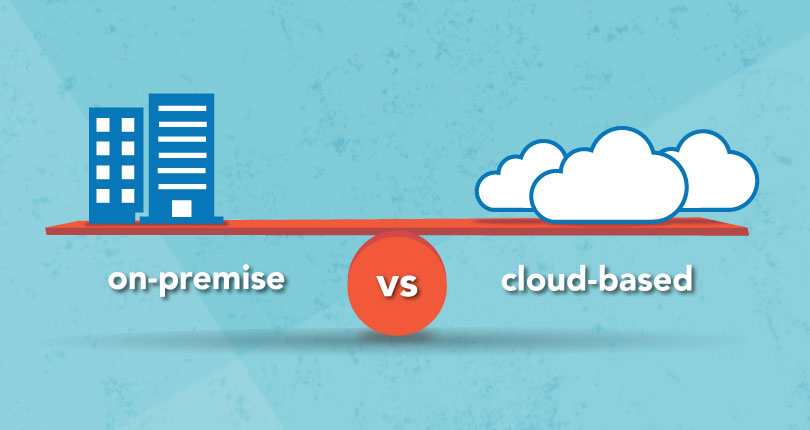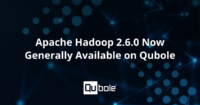The benefits of big data analytics are no longer debatable. Businesses large and small are enjoying greater profitability and competitive advantage through the capture, management, and analysis of vast volumes of unstructured data. The main debate with big data now is whether an on-premise big data analytics infrastructure offers the flexibility needed to be successful with big data vs. a cloud-based solution.
It’s an important debate. Organizations looking to invest considerable time and resources in a big data strategy need to make sure they choose the right infrastructure—ideally, a scalable, cost-effective, low-maintenance infrastructure that delivers on the promise of monetized data. Today’s cloud solutions excel in each of those categories.
The rise of cloud-based big data analytics has served to democratize big data, ushering in the era of Big Data-as-a-Service (BDaaS). Although the adoption of BDaaS was initially slow, this cloud-based solution is growing in popularity for a number of good reasons:
Affordability
Traditional on-premise big data solutions are expensive, as they require large numbers of commodity servers and a physical facility in which to store them. Throw in the costs of electricity, plus the specially trained on-site IT team it takes to make sure everything is running correctly, and the costs can be prohibitive for many organizations looking to adopt a big data strategy.
Cloud solutions are highly cost-effective, as they require no expensive onsite hardware and IT support. In addition to minimizing upfront costs, organizations that utilize BDaaS have the added benefit of paying only for the storage and compute power they need—when they need it—paying as they go, weekly, quarterly, or yearly.
Accessibility
Productivity with big data infrastructures depends upon data accessibility.
A cloud-based infrastructure gives organizations shared access to all relevant data and insights, regardless of the type or location of the data. Plus, many BDaaS providers offer dashboards and visualization tools that allow businesses to see insights intuitively and act on them in near or real-time. Thanks to the cloud and web-enabled smartphones and tablets, organizations can access data from anywhere and at any time.
Reliability
Greater accessibility to data is dependent upon the overall reliability of the big data infrastructure. In contrast to traditional on-premise solutions, cloud-based infrastructures leverage high availability architecture to reduce downtime to a minimum. In addition, the cloud’s virtual environment increases efficiency by balancing workload across multiple applications and sharing pooled resources. By streamlining processes, the cloud allows organizations to achieve economies of scale, increasing productivity and volume output in less time and with fewer people.
Elasticity
Today’s organizations are being overwhelmed with data, most of which is unstructured. And while an on-premise infrastructure may have the ability to “scale up” to increase the workload on its existing hardware resources, the physical nature of an on-premise solution puts hard limits on both storage capacity and performance. And adding more physical servers to the cluster can be costly and time-consuming. In contrast, cloud-based infrastructures are “elastic”, meaning that they can also “scale out” by adding additional hardware resources dynamically and on demand so that workloads are always met. With the ability to provision literally thousands of servers in minutes, cloud-based solutions give organizations unlimited resources to meet all their data demands.
Data Relevancy
Data-driven decisions are only as good as the data used to make them, and how fast that data and insights it holds are made available. Cloud-based infrastructures utilize an elastic set of resources to accelerate data analysis. Consequently, result sets are returned swiftly enough to deliver reliable business-relevant analysis and insight—in real time and at the point of impact. Organizations in search of better ways to deliver targeted and personalized experiences to their customers will profit greatly from a cloud solution.
Security
Data security is always a concern with big data adoption. And the idea of storing sensitive corporate information off-site with a cloud provider, as opposed to keeping it safe behind the corporate firewall, was a barrier to adoption that cloud and BDaaS providers have had to overcome. However, today’s vendors typically adhere to modern cloud security protocols—built-in encryption being one of them—to protect data both at rest and during transfer.
With so much at stake, it’s important for organizations considering either an on-premise or cloud-based big data solution to choose the infrastructure that will best ensure success. For all of the above reasons and more, a cloud-based solution is worth considering for organizations looking to leverage big data for greater profit and a competitive edge.




